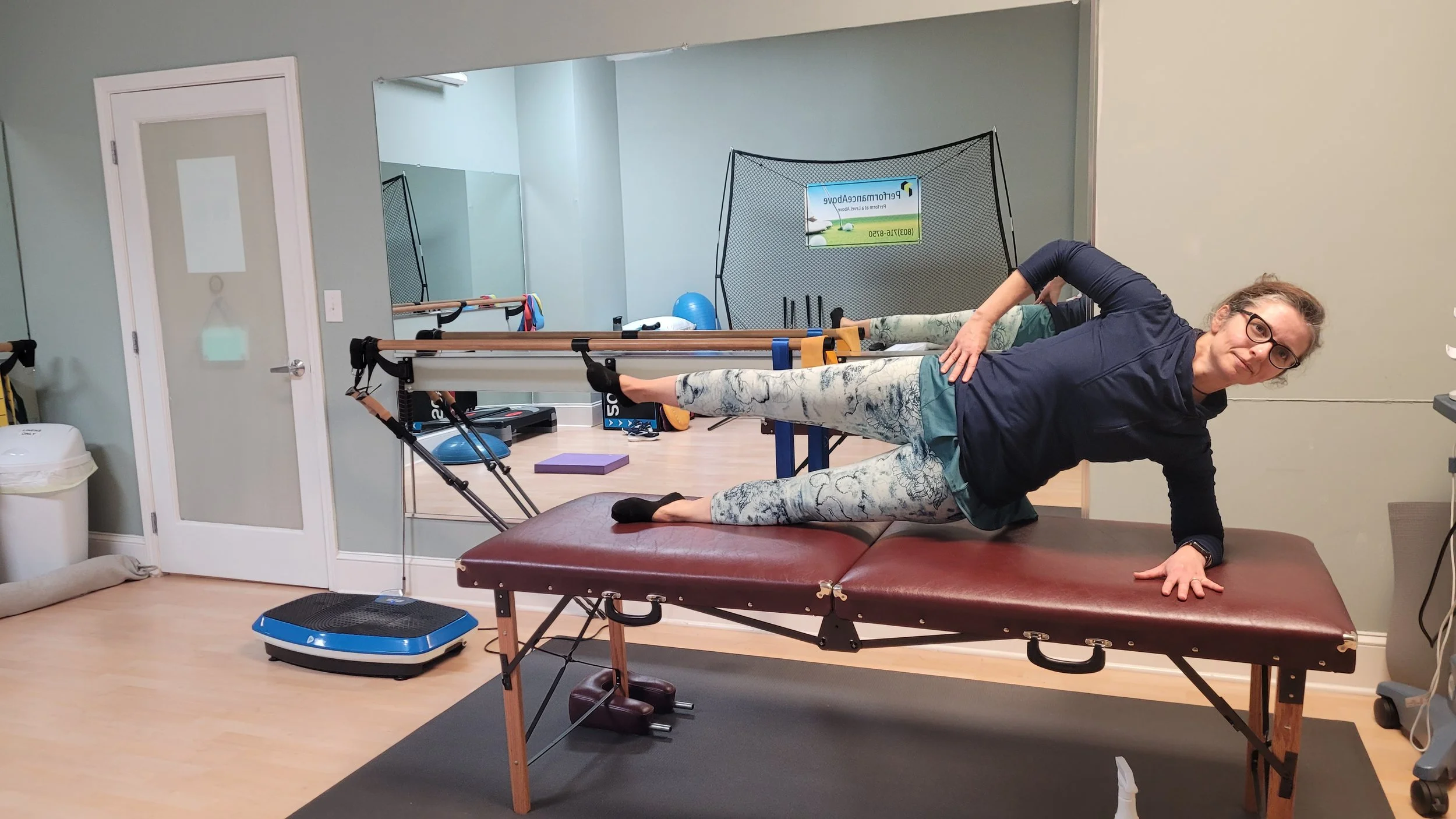Joint Stiffness and Aging: What’s Normal and What’s Not?
As we age, it’s not uncommon to notice a bit more stiffness in the morning or after sitting for extended periods. But how much stiffness is normal, and when is it a sign that something more serious might be going on?
Understanding the difference between natural age-related changes and signs of dysfunction can help you stay active, independent, and pain-free for the long haul.
What Causes Joint Stiffness with Age?
Aging naturally causes structural and physiological changes in our joints. These changes may lead to increased stiffness and reduced mobility, even in healthy individuals.
Common contributing factors include:
Decreased Synovial Fluid Production: Synovial fluid is the lubricating substance inside your joints that allows for smooth movement. As we age, the amount and quality of this fluid diminish, making movement feel more “creaky” or stiff.
Cartilage Degeneration: Joint cartilage can thin or wear down over time, reducing shock absorption and increasing friction within the joint. This is a normal process, but it may also lead to conditions like osteoarthritis in more advanced stages.
Reduced Muscle Strength and Flexibility: As we age, supporting muscles around the joints may weaken or tighten, causing further stiffness and instability. This makes joints more vulnerable to strain or injury during everyday activities.
When Joint Stiffness Is Not Normal
Occasional stiffness after long periods of rest is expected, but persistent discomfort, swelling, or limited range of motion may signal an underlying issue.
Some red flags include:
Stiffness that lasts more than 30 minutes after waking
Pain or swelling accompanying the stiffness
Difficulty with everyday tasks like standing up, walking, or climbing stairs
Reduced range of motion in one or more joints
These could be signs of joint dysfunction or degenerative conditions like osteoarthritis or rheumatoid arthritis, and should be evaluated by a healthcare professional.
Why Movement Matters: Motion Is Lotion
The good news is that movement can improve joint health, even in older adults. Regular exercise helps stimulate the production and circulation of synovial fluid, keeping joints more lubricated and flexible.
Recommended Exercises:
For Strength: Side Plank with Abduction
For Mobility: Thoracic Extension
For Stability: Bridge On a Balance Disc
How Physical Therapy Can Help
At PerformanceAbove, we specialize in helping active adults and seniors improve joint mobility and reduce pain. Through a detailed movement assessment, we can identify which joints are restricted, which muscles need strengthening, and how to safely restore your range of motion.
Some age-related joint changes are expected, but joint stiffness doesn’t have to define your day. With the right movement strategy, strength training, and professional guidance, you can maintain joint health and continue living an active, independent life.
If joint stiffness is starting to slow you down, let’s create a plan to get you moving better.
Schedule your assessment today!
Blog References
PhysioPedia. Effects of Ageing on Joints.
Loeser, R. F. (2010). Aging and osteoarthritis: The role of chondrocyte senescence and aging changes in the cartilage matrix. Osteoarthritis and Cartilage, 18(4), 444–453.
Rheumatology Advisor. The Benefits of Exercise in the Treatment and Management of Osteoarthritis.
Beckwée, D., Delaere, A., Aelbrecht, S., et al. (2023). The Effect of Physical Activity on Cartilage Quality in Older Adults: A Systematic Review. Healthcare, 11(3), 493.
Not all exercises are for everyone. Before attempting a new exercise, take into account factors such as flexibility, strength, and overall health to determine whether a particular exercise is appropriate for you.
This, like any other exercise, can result in personal injury. Any injury sustained from proper or improper use of this exercise is solely the responsibility of the exerciser. PerformanceAbove LLC disclaims any liability from injury sustained from the use of this exercise and suggests that you consult your professional healthcare provider before attempting any exercise or exercise program.




